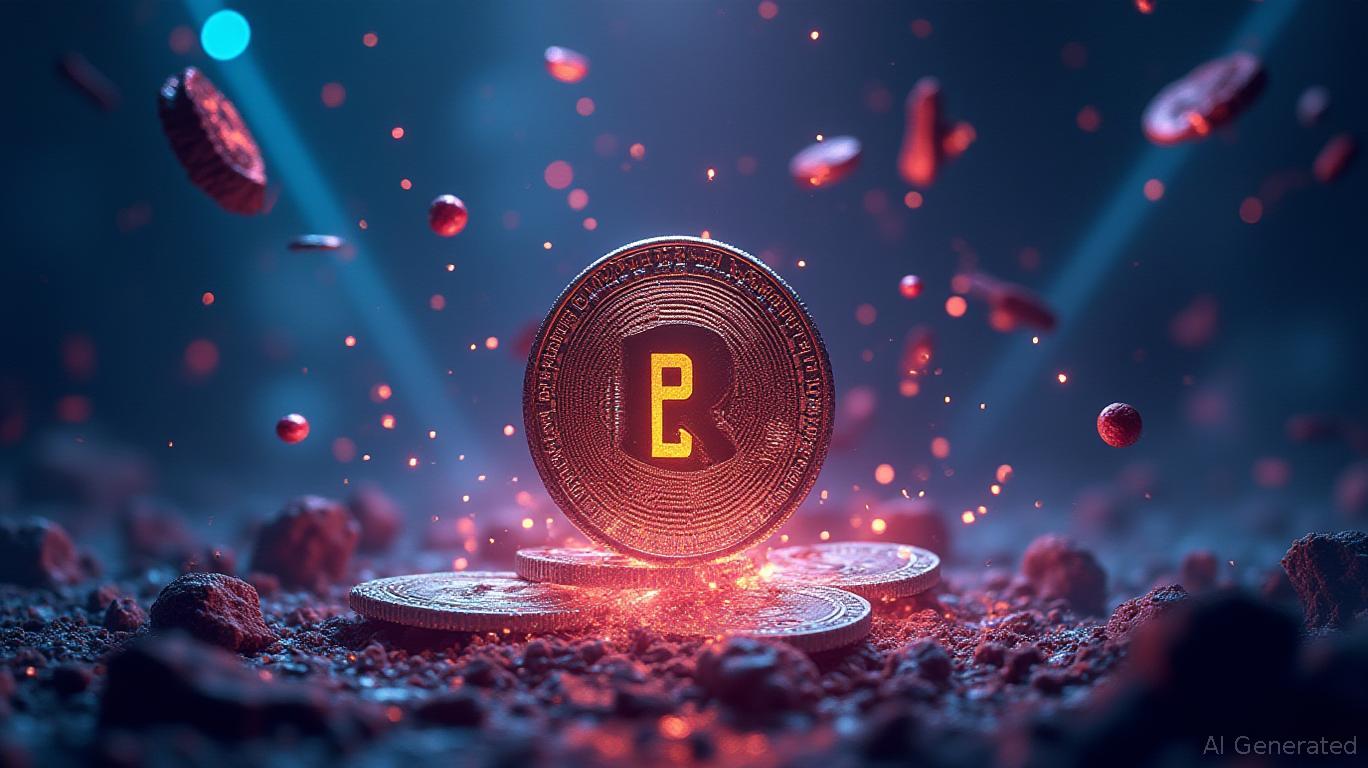Pump.fun’s $114M Bet: Will Buybacks Surpass Whale Volatility and Market Fragility?

Pump.fun has conducted a total buyback of its PUMP token exceeding $114 million, marking a significant move aimed at stabilizing the token’s value and boosting investor trust. This buyback, financed by fees collected on the platform, has resulted in the repurchase of about 16.5 billion PUMP tokens since mid-July 2025. The strategy was implemented after the token suffered a dramatic 75% price drop shortly after launch, caused by heavy short selling from large investors and a surge of liquidity on centralized exchanges title1 [ 1 ]. By the middle of August, these buybacks had decreased the circulating supply of PUMP by 4.26%, with the most recent figures showing $58.1 million spent on repurchases as of August 26 title5 [ 5 ].
The token experienced heightened volatility after launch due to structural flaws, such as a 33-55% supply unlock at launch and immediate liquidity being added to exchanges. The situation worsened as large holders acted quickly, with one whale realizing $500,000 in profits within hours of launch. Initially, Pump.fun converted fee revenue into
The effect of the buyback on PUMP’s price has been mixed. The token climbed 54% from its August low of $0.002282 to $0.003522 by late September title3 [ 3 ], but it is still trading at half its initial July price. Nevertheless, PUMP currently has a market cap-to-earnings ratio of 10.78x, outperforming rivals like Jupiter (14.17x) and
Despite these issues, Pump.fun continues to lead the Solana
There are ongoing concerns about long-term viability. PUMP does not offer features like staking or governance, relying mainly on branding and speculative interest. Whale concentration is a risk, with 60% of presale tokens held by just 340 wallets title1 [ 1 ]. Moreover, the buyback program’s success depends on steady revenue, which could decline if meme coin launches slow. Analysts warn that without additional incentives or utility, PUMP’s value may remain closely tied to short-term market trends title6 [ 6 ].